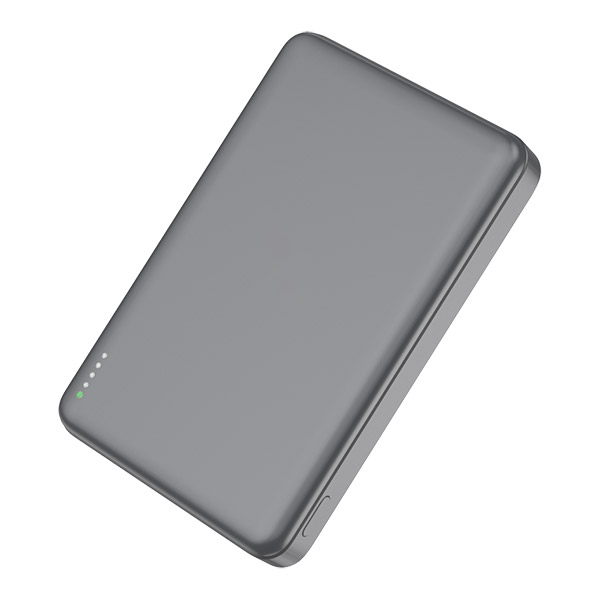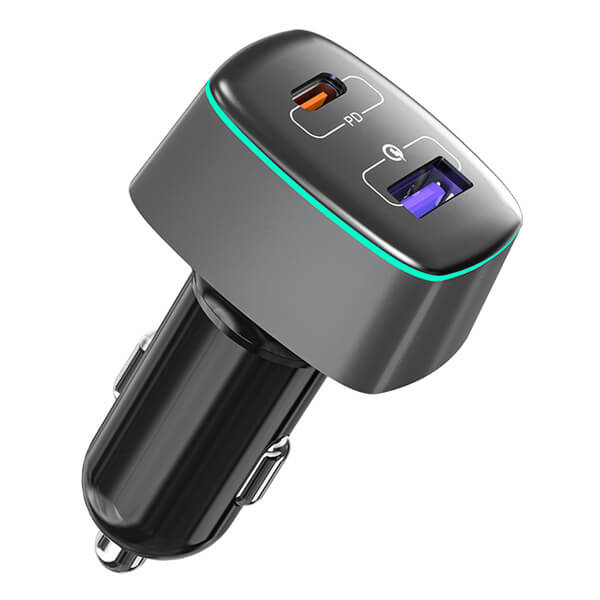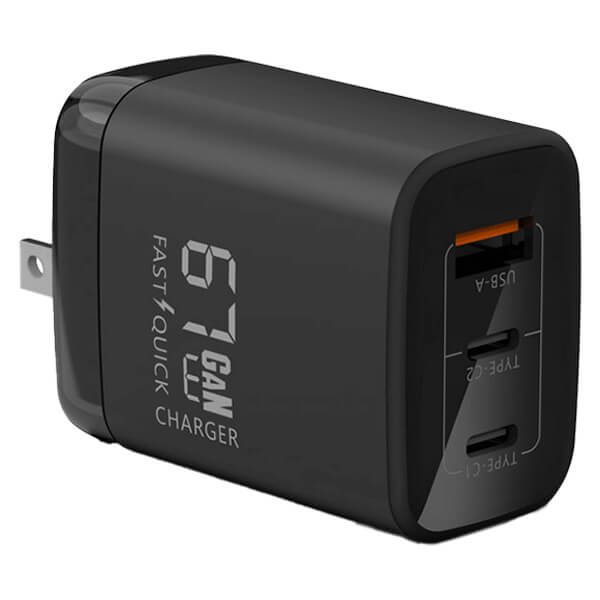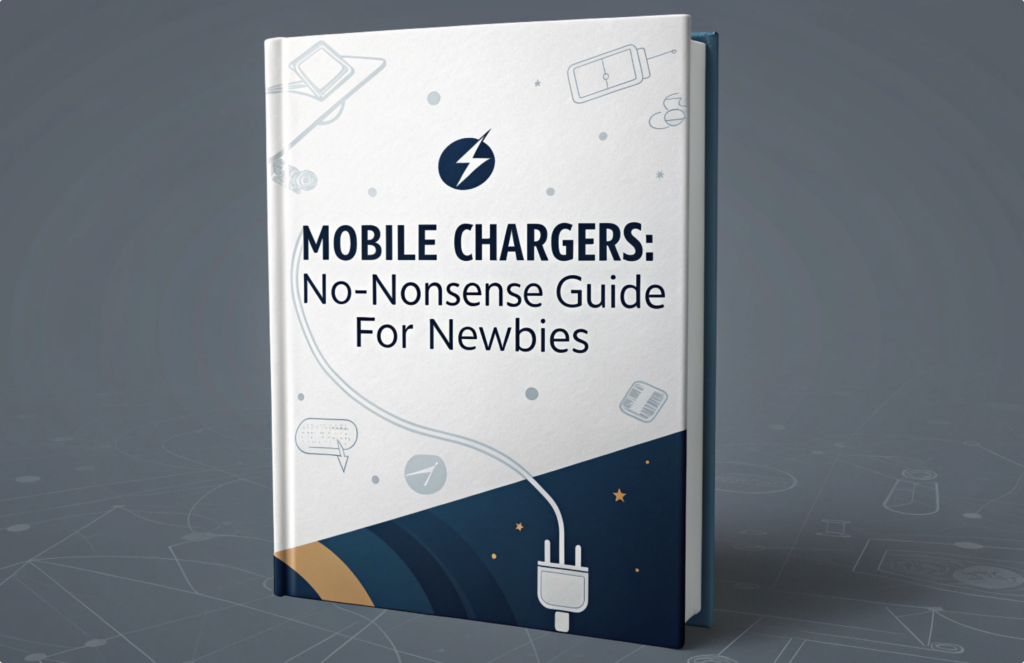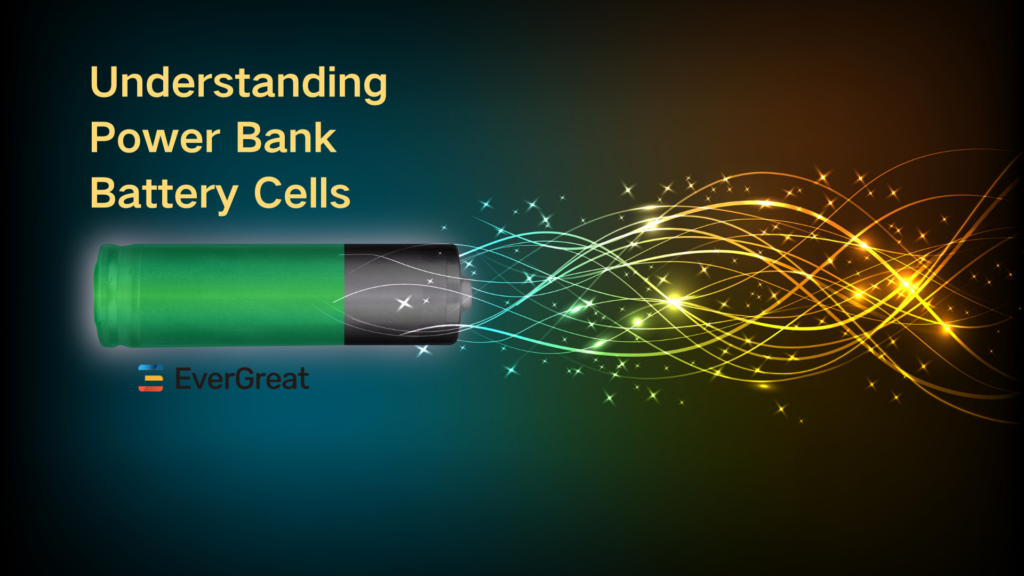
To be honest, MagSafe is not a necessity. But if you try it, you will be shocked by its unique charging experience. Not exaggerating to say that my personal feeling is that everything is liberated.
What is MagSafe?
That is Apple’s charging connection technology. It magnetically connects the power cord to the MacBook Pro, making it easier to charge the laptop battery than before. When the power cord tension is too high, the MagSafe power connector can be safely disconnected from the laptop, helping to prevent the laptop from falling off the workbench. The development of Magsafe technology has gone through 3 generations. The first generation of MagSafe is prone to wear due to the tension of the wires of the connector, and even caused overheating and burning. Apple had to modify the design of the first-generation MagSafe adapter in 2008. Compared with the first generation, the Magsafe2 has not changed too much for the ports, but the overall design is thinner and wider, which complies with the trend of slimming Macbook design at that time. Later, in 2020, Apple’s built this technology into the internal engineering of iPhone 12 models. The magnets can be precisely aligned, which greatly improves the speed of wireless charging (up to 15 watts of power). This new breakthrough creates a new ecosystem of accessories for easy attachment and faster wireless charging.
How does MagSafe work?
MagSafe is a series of magnets placed around the iPhone 12’s internal charging coil, which senses other MagSafe-compatible accessories and snaps seamlessly and securely into place. It instead employs magnets, so your iPhone snaps precisely onto the charger every time and stays there.
MagSafe will only attach to other compatible MagSafe accessories, so there’s no need to worry about other magnets interfering or getting stuck to your phone. Chargers with MagSafe can deliver faster wireless charging up to 15W when locked in with an iPhone 12, whereas other wireless chargers deliver up to 7.5W.
Experience with Magsafe:
- Using Magsafe gives me a new experience. The biggest thing is that MagSafe has changed my charging habits. In the past, I used to plug in the phone to charge when it was about to run out of power. With MagSafe, whenever I sit at my desk, I will put the phone on the charging board. This will not affect my use of the phone, and at the same time, it is kept in a high battery state. So after using MagSafe, I don’t really care about how long it takes to charge MagSafe from 0 to 100%. What I care about is the time it takes to charge from 50% to 80%. With 15W charging power, It only takes about half an hour to charge from 50% to 80%, which is completely acceptable to me. Since then, I have hardly encountered a situation where the battery level of the mobile phone is less than 30%. I no longer care about the battery level of the mobile phone deliberately, no longer deliberately arrange the charging time of the mobile phone, and the battery anxiety has become less. A new balance between charging and electricity consumption has been established.
- Aside from simplified and enhanced wireless charging, the MagSafe snap-on attachment creates exciting accessories such as magnetic car vents and fitness mounts, face motion trackers and power banks to widen the experience with the iPhone 12 and make life simpler and more precise.
- However, Magsafe is relatively expensive. Because according to the test, MagSafe can only be matched with the official 20W USB-C charger to achieve the highest 15W wireless charging power. That means if you buy the MagSafe wireless charger, you must also buy the official USB-C20W adapter, which increases the cost.
- On the other hand, the support for old models is not good, which means the compatibility is not good for older models of iPhone 11 and below. Taking the iPhone Xs Max test as an example, Magsafe wireless charging can only charge 13% in half an hour (iPhone 12 can reach 50%), while the 7.5W Qi wireless charging pad can charge up to 25% in half an hour. In addition, because the old model does have no internal magnets, it cannot be as convenient as iPhone 12 which can truly be “wireless”. If you want to achieve this effect, you can purchase additional accessories.
What’s the next for Magsafe:
According to the article entitled “Inductive charging between electronic devices” awarded to Apple by the United States Patent and Trademark Office, Apple is Researching Wireless Charging Ecosystem for MacBook, iPad, iPhone, and Apple Watch.
Since March 2016, Apple has been researching device-to-device inductive charging technology. Apple is particularly interested in this field and has applied for a number of patents related to this technology.

What the patent wants to achieve is how all mobile Apple devices (including Apple Watch, iPhone, iPad and MacBook) can use the wireless charging ecosystem together. The images contained in the patent provide a large number of different coil placements for a series of portable Apple devices to simplify the system.

It is even said that a group of Apple devices can be charged together with one power source. In this picture, the Apple Watch is charged by the iPhone, the iPhone is charged by the iPad, the iPad is charged by the MacBook, and the MacBook is charged by the power cord. The text attached to the picture explains that “You can charge a set of devices with or without a power cord, and these devices include electrically communicative inductive coils.”
The patent also repeatedly mentions a magnet system that can be used to align devices with each other for charging, which seems to be very similar to Apple’s MagSafe system, which was first released in the iPhone 12 series. The patent also implies that the magnetic alignment system can be used on any of its portable devices to support a better experience during wireless charging, and it will extend “MagSafe” or MagSafe-like systems to more devices to support the device ecosystem. It makes sense. In my opinion, the launch of MagSafe will not immediately change the mainstream way mobile phones charge. Wired charging will still be the first choice for most people, but MagSafe undoubtedly fits some people’s usage scenarios and shows a better user experience than wired charging. In the next few years, we will see Apple’s continued efforts in wireless charging, just like face recognition instead of fingerprint recognition, MagSafe, as Apple’s chosen future charging method, will gradually become a new generation of iPhone charging.

